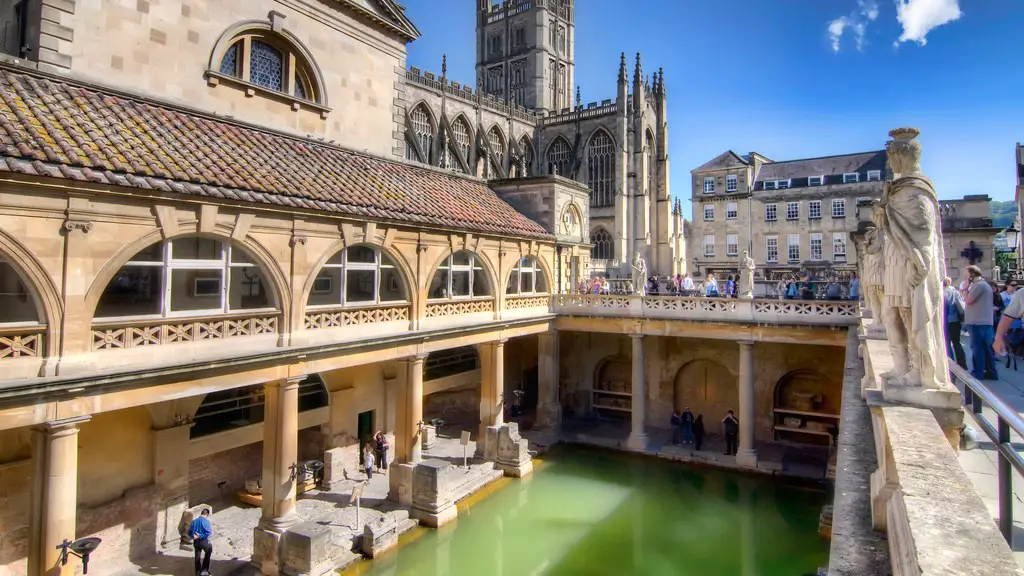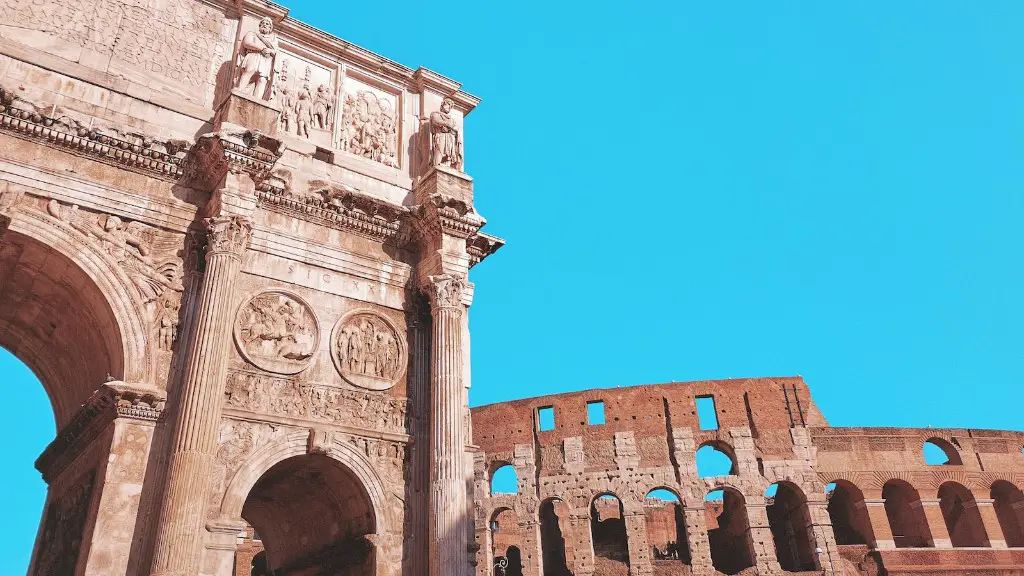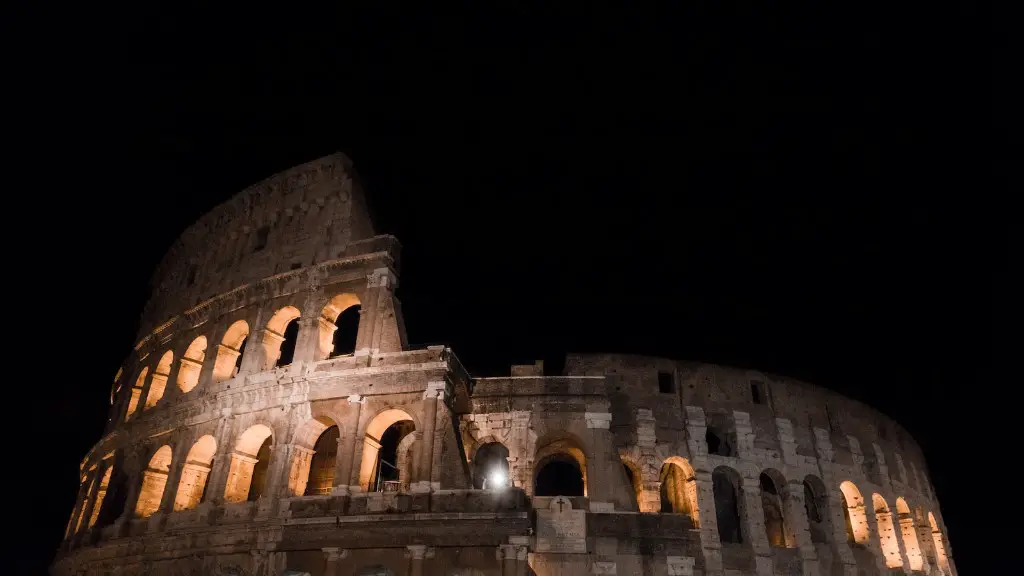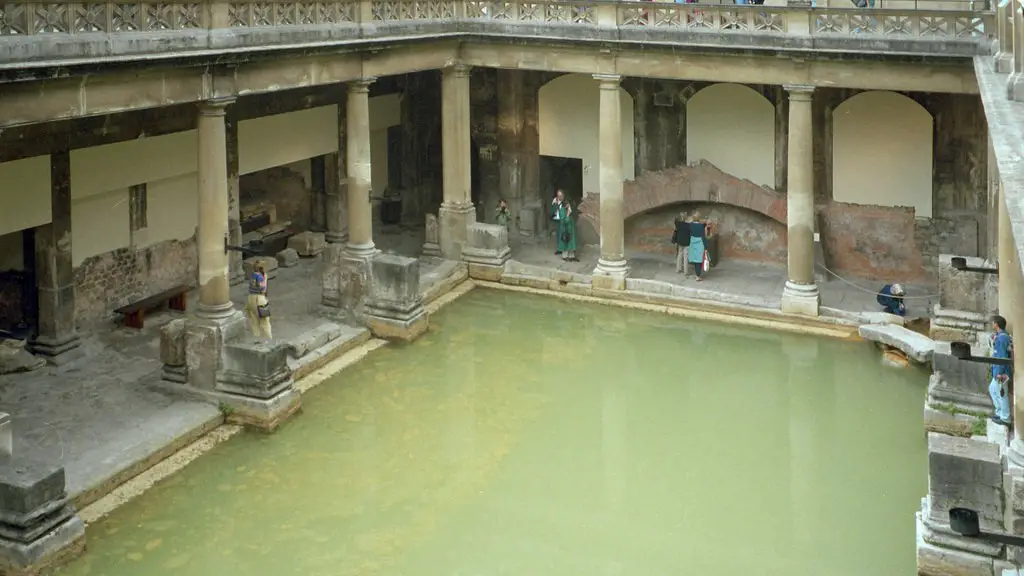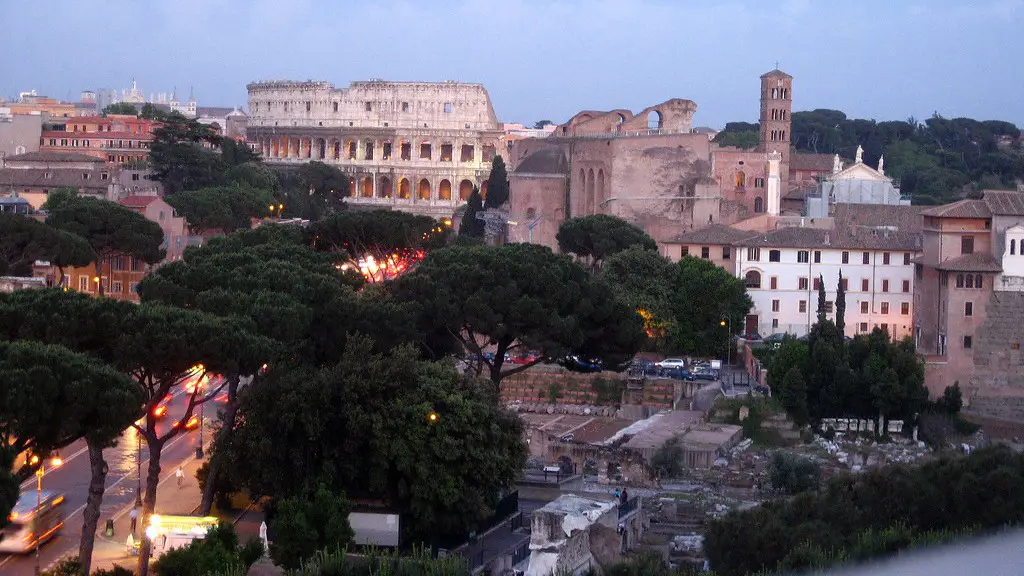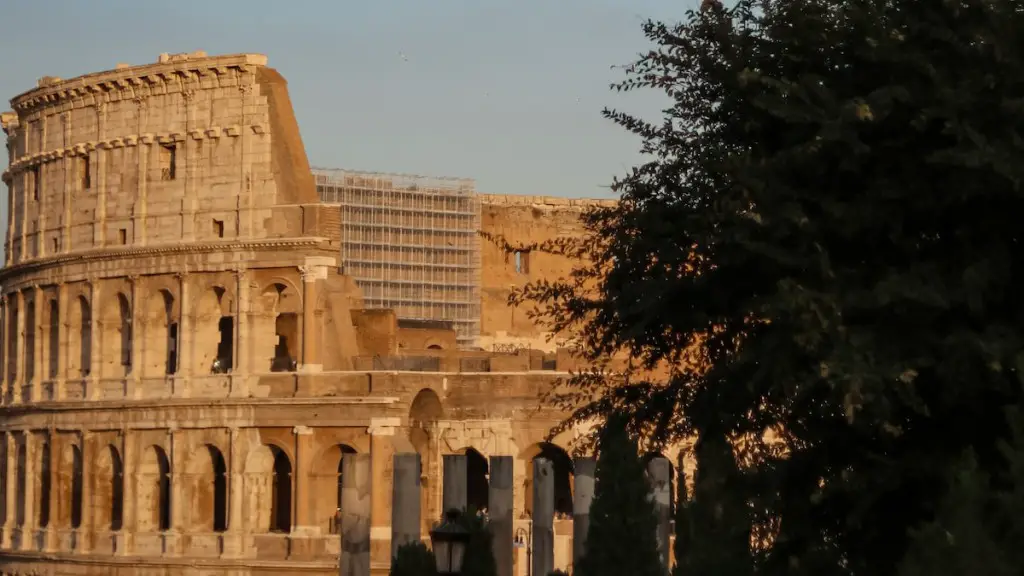Sculptures in ancient Rome were created using a variety of techniques. The most common method was to carve the stone using a variety of tools. Another popular method was to cast the sculpture in bronze.
The Roman sculptors used the lost-wax casting technique for creating sculptures. This process begins with an artist creating a model of the sculpture in wax. This wax model is then used to create a plaster cast. Once the plaster cast dries, the wax model is melted and removed, leaving a hollow space in the plaster in the exact shape of the sculpture. Metal is then poured into this space, and the plaster is broken away to reveal the sculpture.
What did the Romans use to make sculptures?
Roman sculpture is characterized by its realism and the skillful use of perspective for dramatic effect. As with Greek sculpture, the Romans worked stone, precious metals, glass and terracotta but favoured bronze and marble above all else for their finest work. However, as metal has always been in high demand for re-use, most of the surviving examples of Roman sculpture are in marble.
Roman sculptors were particularly skilled at creating lifelike portraits and statues of animals, which were often used to decorate public spaces such as parks and squares. Some of the most famous examples of Roman sculpture include the statues of Augustus Caesar and Marcus Aurelius, the Ara Pacis altar and the Column of Trajan.
Hollow wax casting is a direct process where the sculptor builds up a clay core of the approximate size and shape of the intended statue. The clay core is then used to create a mold which is filled with wax. Once the wax has cooled, it is removed from the mold and the clay core is removed from the wax. The wax sculpture is then ready to be cast in bronze.
Who made sculptures in ancient Rome
This is a brief overview of the history of Greek sculptors in Rome. For more information, please consult a more comprehensive source.
The art forms and methods used by the Romans were very advanced for their time. They used high and low relief, free-standing sculpture, bronze casting, vase art, mosaic, cameo, coin art, fine jewelry and metalwork, funerary sculpture, perspective drawing, caricature, genre and portrait painting, landscape painting, architectural sculpture, and more. These techniques and art forms allowed the Romans to create some of the most impressive and beautiful works of art that have ever been seen.
What makes Roman sculptures unique?
Roman sculpture is widely known for its grandeur and realism. Many Roman sculptures depict important aspects of Roman culture, such as mythological scenes, historical events, and political figures. These sculptures are often incredibly realistic and provide a great deal of information about Roman culture and history.
The hammer and point technique is a common technique used to create statues. This technique involves holding the chisel against the stone and hitting it with a hammer as hard as possible. This technique has been used by sculptors since early Roman times.
How was the sculpture made?
Traditionally, sculpture is created by carving or modeling material such as wood, stone, or clay. However, modern artists have explored new materials and techniques to create their art. For example, some artists use found objects to create their sculptures. Others may use a welding torch to weld metal together. The possibilities are endless!
There are many different sculptural processes, each with its own advantages and disadvantages. Carving is a subtractive method, in which excess material is removed from a solid block of a substance like wood or stone. Carvers use tools like chisels and gouges to create their sculptures. This method can be very precise, but it can also be very difficult to change the sculpture once it has been started.
Modeling is an additive method, in which material is added to a base to create the sculpture. This can be done with clay, wax, or other materials. It is often easier to make changes to a sculpture during the modeling process, but the final sculpture can be less precise.
Assembly is a method in which parts are put together to create the sculpture. This can be done with anything from LEGOs to found objects. It is often a good way to create a sculpture quickly, but it can be difficult to create a very precise sculpture.
Casting is a method in which a mold is made of the sculpture and then the sculpture is cast in a material like bronze or plaster. This can be a very precise method, but it is also very time-consuming.
How are sculpture formed
Modeling is a process of creating a sculpture by shaping a soft or malleable material. Assembling is a process of gathering and joining different materials to create a sculpture.
The Roman Empire was vast, spanning from England to North Africa and from Spain to the Middle East. Because of its size, Roman art was exposed to a variety of cultures, which it then absorbed and incorporated into its own style. The most noticeable influence is from Greece, with Roman art featuring many of the same motifs and techniques as the Greeks. However, Roman art also shows influences from Egypt and the Etruscans, two other cultures that the Roman Empire came into contact with.
What were the first sculptures made of?
Sculpture is one of the oldest and most important art forms. The earliest known examples date back to around 32,000 BC, and show a high degree of skill and artistry. Throughout history, sculpture has been used to create both utilitarian objects and purely aesthetic pieces.
Ancient cultures all over the world created sculptures in a variety of materials, including bone, ivory, stone, and wood. These pieces often had religious or spiritual significance, and were used in ceremonies and rituals. Today, sculpture is still an important and popular form of art, with artists creating beautiful and meaningful pieces in a wide range of styles.
The Romans utilised a technique called “panel” practise, which involved cutting a 15-20 cm deep hole in the chosen stone and inserting metal chisels. For uniformly sized blocks, approximately 2 metres in thickness, this technique was used. This created a more regular and consistent look for their buildings.
What materials did Romans use for art
Roman art is a vast and varied field that encompasses a wide range of mediums, from marble and painting to mosaic, gems, silver, and bronze work, to terracottas and beyond. There is no one definitive style of Roman art, but rather a rich and varied tradition that has something to offer for everyone. Whether you’re interested in the grandiose and opulent style of the imperial period, or the more modest and simple aesthetic of the early republic, there is sure to be a Roman artist or style that speaks to you.
Roman art is important because it was used to depict the values of Rome. Roman art is characterized by its realism and its use of perspective for dramatic effect. Roman art was used to communicate the values of Rome to the public.
How were Roman sculptures different from Greek sculptures?
Ancient Greek statuary was characterized by its idealized representations of human form, often depicting athletes and gods. In contrast, Ancient Roman sculpture more often represented real, everyday people, warts and all. This difference is likely due to the different cultural values of the two societies: the Greeks placed a high value on physical perfection, while the Romans were more interested in realism and authenticity.
The realism of Roman portraits may be attributed, in part, to the fact that they evolved from wax death masks. These death masks were taken from the bodies of the deceased and kept in a home altar. In addition to wax, masks were also made from bronze, marble and terracotta.
Why are Roman sculptures white
This is interesting to think about – that the great ancient monuments that we see today were originally much more colorful and visually striking. It’s a shame that the paint has worn away over time, as it would be fascinating to see what they originally looked like.
White marble was prized by the ancient Romans for its beautiful translucency, ability to take finely carved detail, and flawless uniformity. A wide variety of colored marbles and other stones were also quarried from all over the Roman world to create many different colored statues.
Warp Up
The Romans used a number of different techniques in order to create their sculptures. One of the most common techniques that they used was called lost-wax casting. This technique involved creating a model of the sculpture out of wax and then covering it in a plaster mold. Once the plaster hardened, the wax was melted away, leaving a negative impression of the sculpture. This negative impression was then filled with metal, creating a solid metal sculpture.
Sculptures in ancient Rome were created using a variety of techniques. The most common method was carving, which was used to create both free-standing statues and reliefs. Another popular technique was casting, which was used to create larger statues and monuments.
